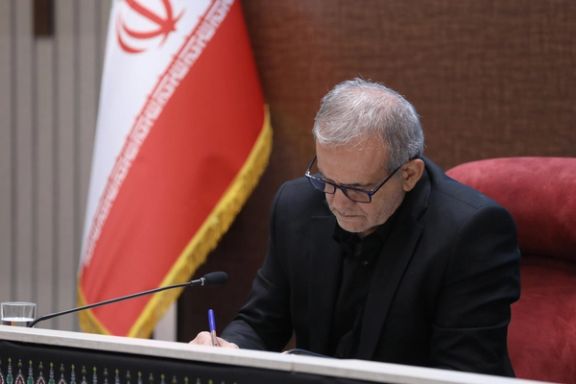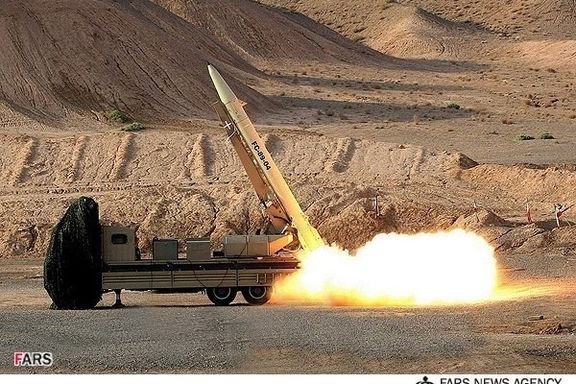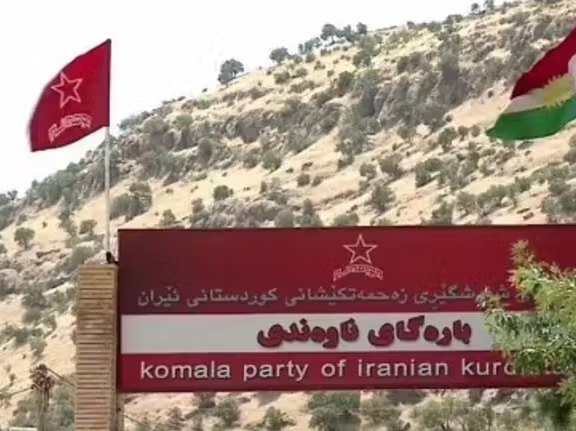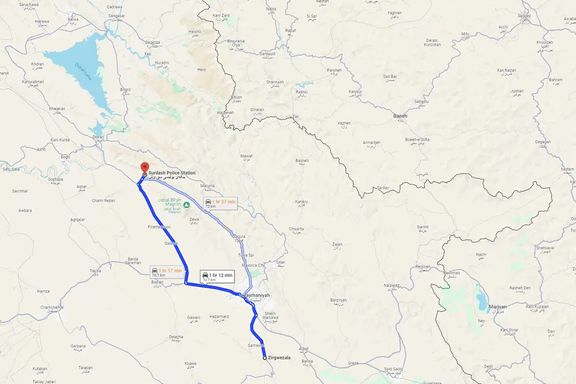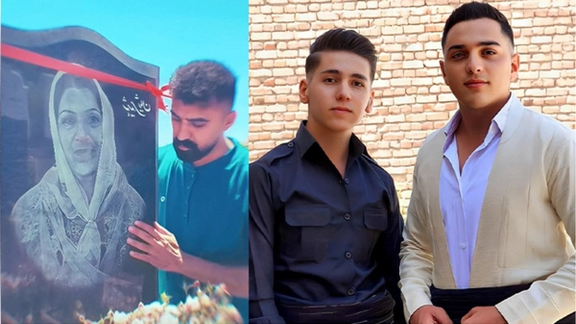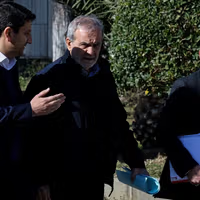"If people know what is in their interest, they will leave themselves in the hands of an expert surgeon…Naturally, we have to have surgeries in many areas to get the country out of this situation," Pezeshkian said. He emphasized that people must be brought onboard of any reforms and must agree with government actions.
Pezeshkian and other Islamic Republic leaders recognize the political risks of a major economic "surgery," which could cause immediate hardship for citizens before showing benefits. However, Pezeshkian is banking on two factors. First, cooperation from all regime factions: "If we want to do surgery, we must join hands with all politicians and officials," he said, a strategy that helped secure parliamentary approval for his cabinet. Second, he hopes the economic pain will not impact a large portion of the population, emphasizing the need to protect vulnerable groups.
The key question is what kind of "surgery" Pezeshkian envisions to pull the government out of its deepening economic crisis. To answer this, we must first assess the current crises. By mid-2024, the Iranian government faces six major socio-economic challenges, each of which has the potential to trigger security risks.
1. Energy crisis: Iran faces a growing gap between energy production and consumption. Electricity demand exceeds supply by 10,000 megawatts, leading to power outages of up to 8 hours in some areas, including industries. Gasoline consumption is 10 to 12 million liters higher than production, forcing the government to import fuel at a cost of $4 to $8 billion annually. Additionally, natural gas shortages result in winter outages, highlighting the urgent need for energy sector reforms.
2. Government budget deficit: A 50% budget deficit crisis, led to money printing in the past 6 years and over 40% annual inflation.
3. Crisis in the banking system: Chronic issues like the government’s budget deficit, excessive borrowing, high levels of bank debt, sanctions, and misaligned credit policies plague Iran’s banking system. Many banks are burdened with debts that exceed their assets, creating a severe financial imbalance. These systemic problems contribute to instability, making the banking sector a significant weak point in the country’s economy.
4. Environment - Iran faces severe environmental crises, including water resource depletion, soil erosion, and air pollution, which have led to the depopulation of half of the country’s villages. Urban and agricultural land subsidence, critical water shortages in many provinces, and the drying up of lakes and rivers have compounded the problem. These issues have pushed water availability to critical levels, resulting in the collapse of many farming operations and the widespread bankruptcy of farmers, further destabilizing the country’s rural economy.
5. Pension fund crisis: Iran's pension funds are effectively bankrupt. The National Pension Fund currently covers only 4% of retirees' salaries, leaving the government to cover the remaining 96%, placing immense pressure on public finances.
6. Employment crisis: With 24 million employed out of a working-age population of 65 million, the government’s unemployment figures appear unreliable. After accounting for students and conscripts, about 55 million are eligible to work, meaning roughly 55% of the population is outside the labor market, signaling a severe employment gap.
The Pezeshkian administration does not plan to address the third to sixth crises and lacks the capacity to do so. However, to tackle the energy crisis and budget deficit (and, by extension, inflation), Pezeshkian proposes removing energy and wheat subsidies and reallocating funds to the government budget and low-income groups, who now make up around 70% of the population. He believes that by increasing energy costs, consumption will decrease, reducing gasoline imports and bread waste. However, similar efforts by previous administrations failed to yield these results.
Pezeshkian has few options left. The Rouhani and Raisi administrations already pushed taxes to the market's capacity, and any further increases risk igniting widespread strikes.
The only viable option left for the current administration is to raise the prices of bread and energy, particularly gasoline, which constitute a large portion of the subsidies. This move comes despite the deadly consequences of the 2019 gasoline price hike, which led to over 1,500 deaths. However, the likelihood of a similar gasoline price surge as seen in 2019 is very small. Pezeshkian faces difficult choices, as further tax increases would likely provoke strikes, leaving subsidy cuts as the only remaining path.
The authorities may consider several approaches to raising gasoline prices, but regardless of the approach, raising gasoline prices will have widespread economic consequences, affecting the cost of nearly everything and significantly driving up inflation, which poses a substantial challenge for the government.
As seen during Rafsanjani's economic adjustments in the 1990s and Ahmadinejad’s energy subsidy cuts, such "economic surgeries" in the Islamic Republic have historically worsened poverty without addressing structural issues. Institutionalized corruption and lack of transparency remain major obstacles to meaningful reform. These policies have consistently led to widespread public unrest, with protests erupting across dozens of cities in the 1990s and hundreds of cities in the 2010s. The risk of repeating these outcomes remains high if similar measures are pursued without structural changes.

